

Damion Smy
Boxy new KGM Musso unveiled to take on HiLux and Ranger ahead of Australian launch
12 Hours Ago

News Editor
Nissan is spending 2 trillion yen (A$24.6 billion) on electrification over the next five years.
The company’s Ambition 2030 vision will see it bring 23 electrified models, including 15 new electric vehicles, to market by fiscal year 2030, as well as introduce solid-state batteries by fiscal year 2028.
Over the next five years, it’ll introduce 20 new models with electric or e-Power powertrains.
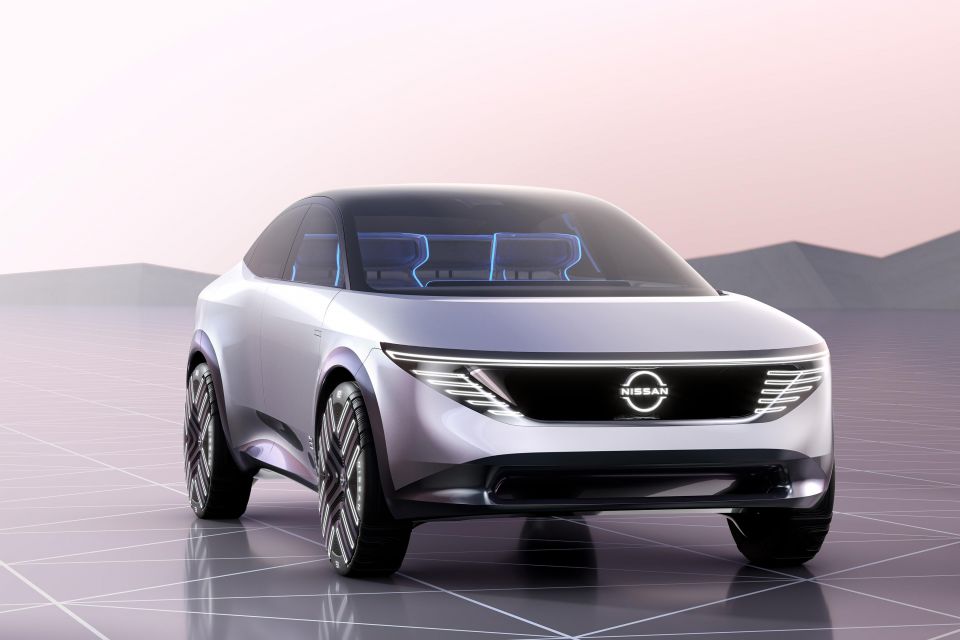
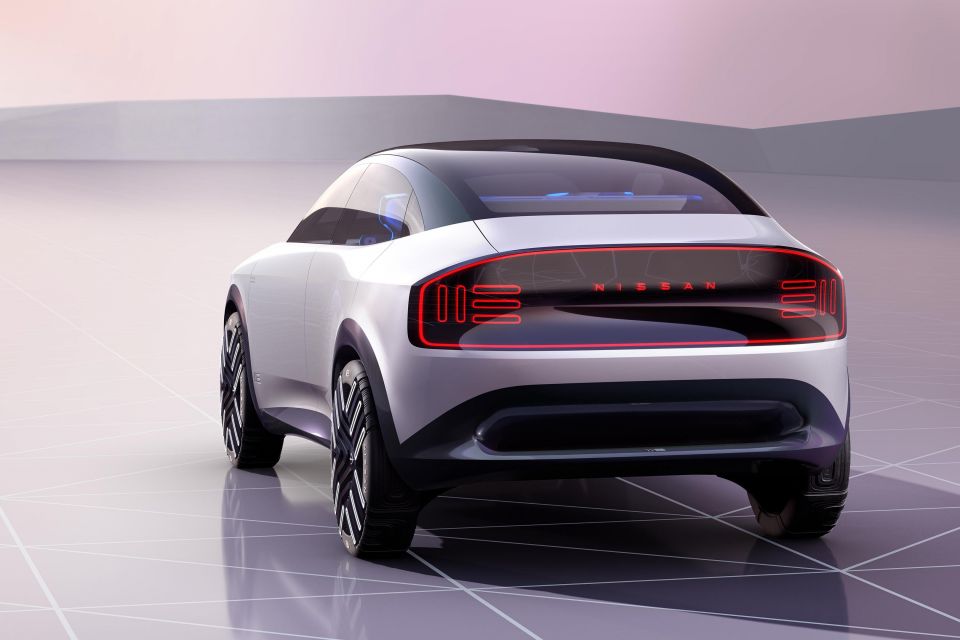
By that time, it wants to have an electrification mix of more than 50 per cent globally across both the Nissan and Infiniti brands.
It’s revealed four concept cars to demonstrate what’s in its electric future, though it hasn’t released much in the way of information on each of them.
The Chill-Out coupe crossover (the Nissan Leaf hatchback’s replacement) is the closest to reaching production, sharing its CMF-EV platform and e-4ORCE dual-motor all-wheel drive system with the Ariya.
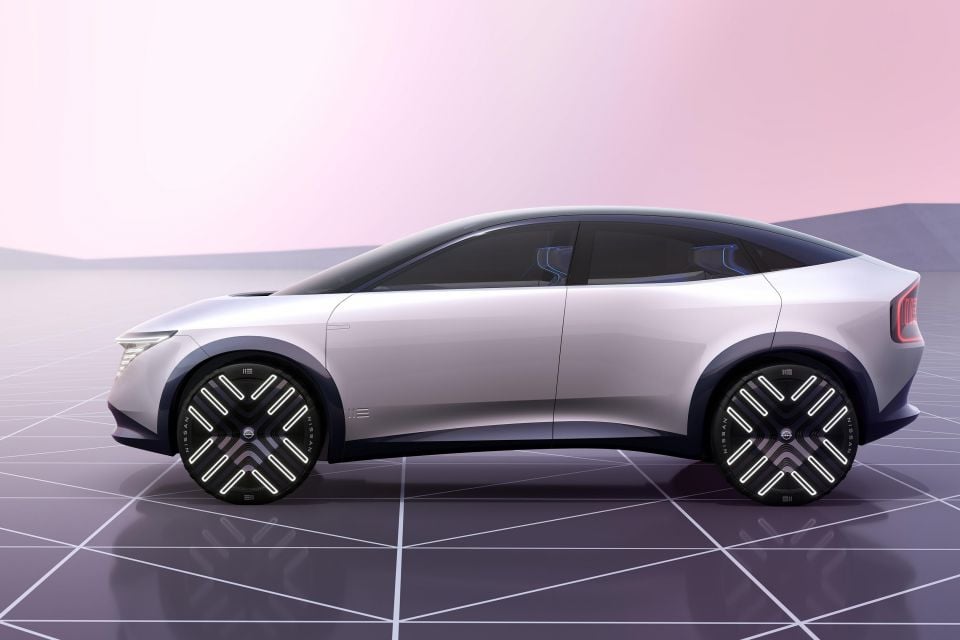
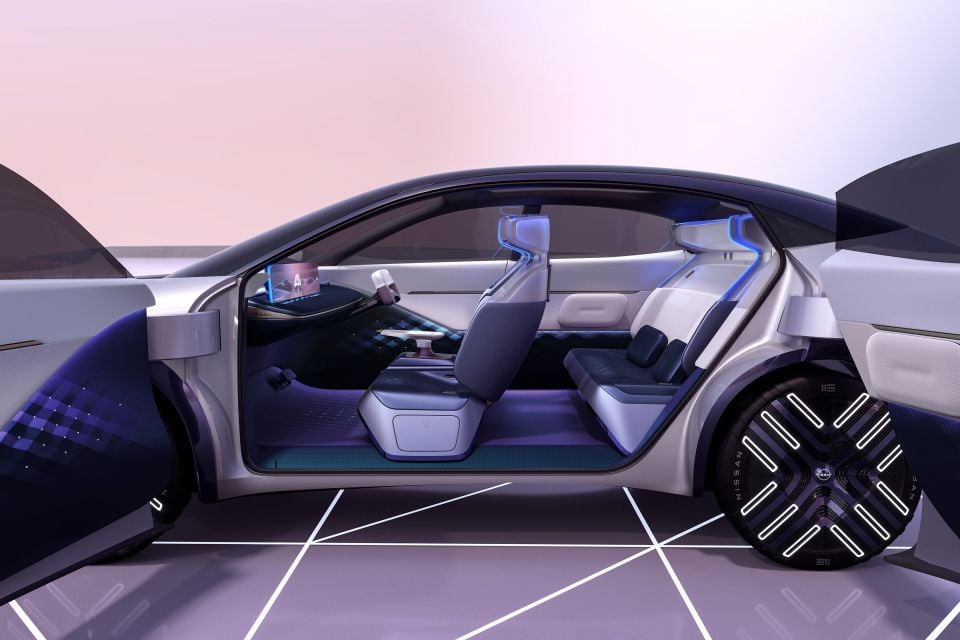
The other three concepts look beyond the current CMF-EV architecture. Nissan says the so-called EV Technology Vision “considers the direction of future EVs, and how advancements in battery technology, hardware and packaging can offer customers a wide variety of mobility solutions”.
At its core are Nissan’s upcoming proprietary all-solid-state-batteries, with concepts on this architecture featuring front and rear electric motors and “Advanced e-4ORCE” all-wheel drive and “Advanced ProPILOT” driver assist features.
The Max-Out is a so-called “ultra-lightweight” convertible concept that promises a very low centre of gravity, limited body roll and “superlative stability and comfort”.
It’s a two-seater, though Nissan says you can “morph” the seating. For example, the passenger seat can fold flat.

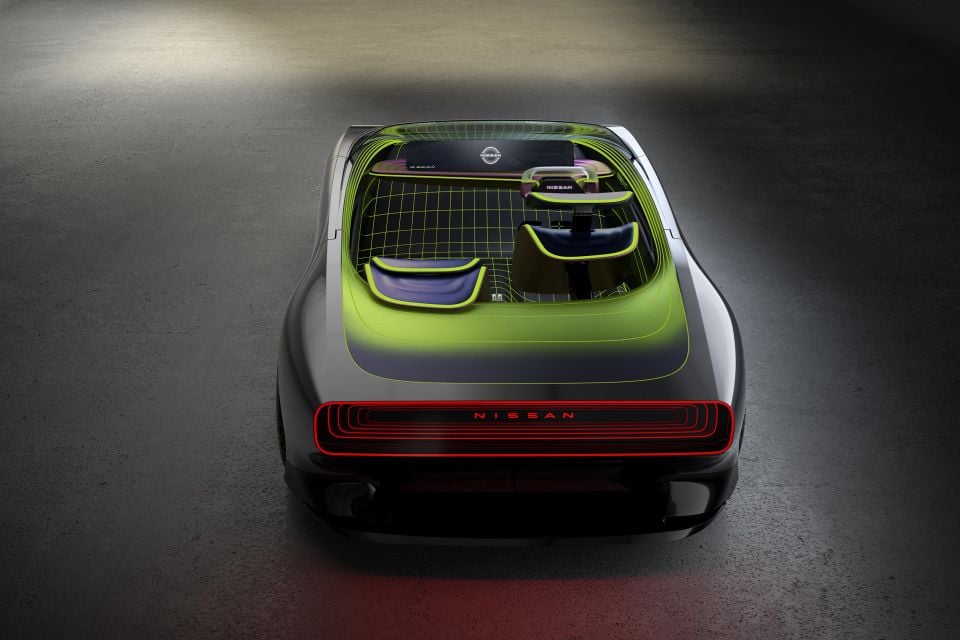
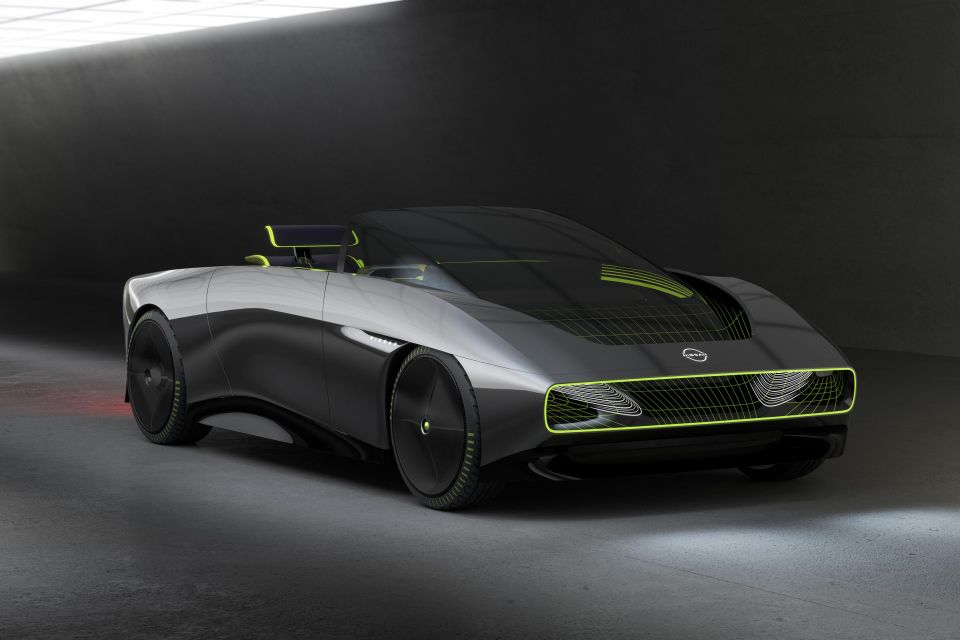
The Surf-Out is an electric ute with a low and flat cargo area and a focus on off-road ability.
The Hang-Out is an electric people mover concept with a completely flat floor from front to back, and with a focus on ride comfort – specifically, it has been designed to suppress vibrations and jolts and therefore reduce motion sickness.
Before any potential production versions of these concepts emerge, Nissan will be rolling out more models with the e-Power range-extender hybrid system, plus its new Ariya EV crossover.
Nissan expects some markets to take to electrification more quickly.
By fiscal year 2026, it expects electrified vehicles to account for more than 75 per cent of its sales in Europe and more than 55 per cent in Japan and more than 40 per cent in China.
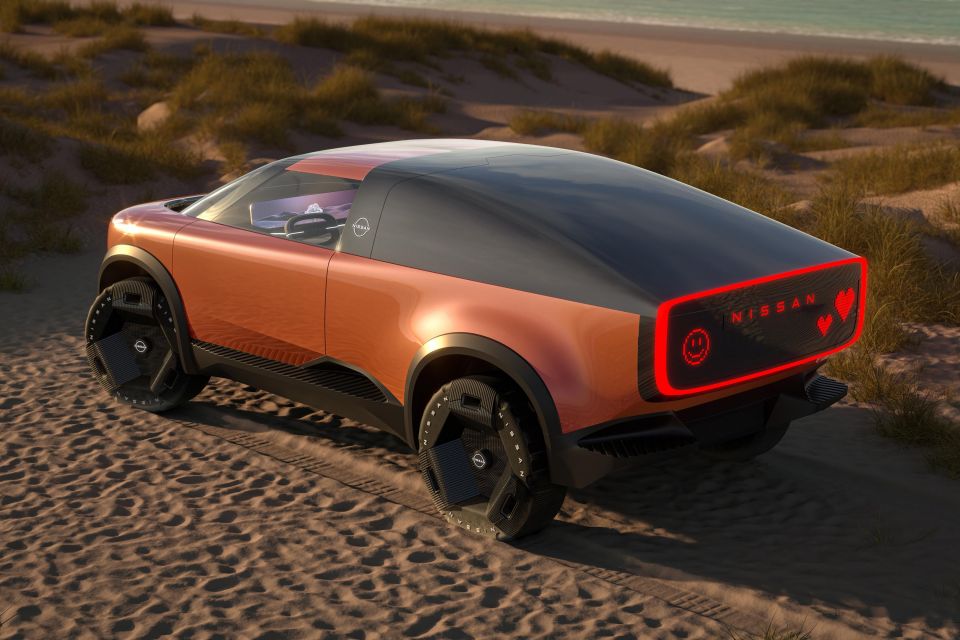
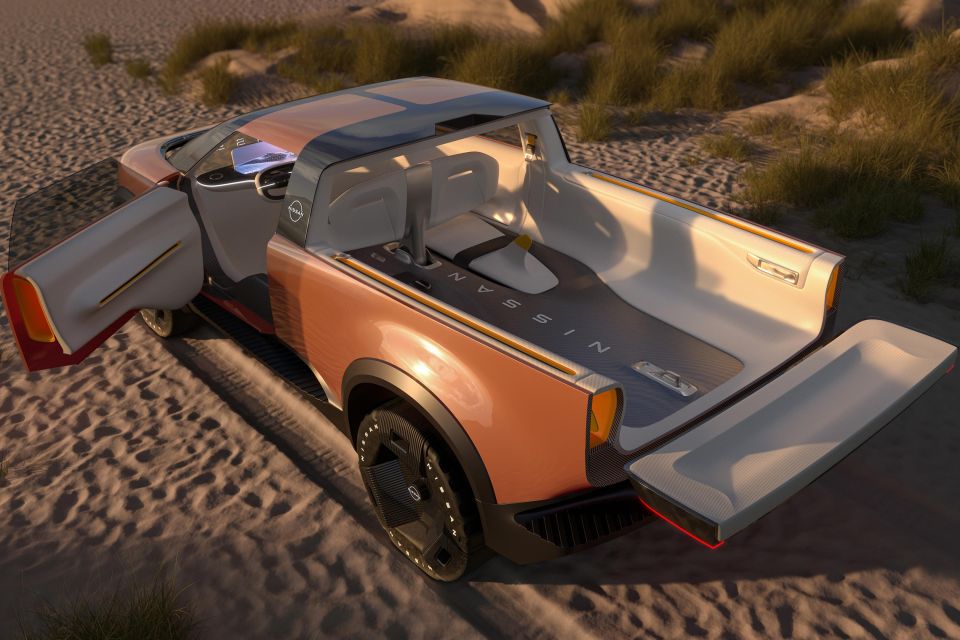

The company says its new proprietary all-solid-state-batteries (ASSB) will be produced at a pilot plant in Yokohama as early as fiscal year 2024 ahead of a market introduction in fiscal year 2028.
The company claims these will reduce charge time to one-third and bring the cost of battery packs down to $75/kWh by fiscal year 2028 and down to $65/kWh thereafter.
By employing cobalt-free battery technology, Nissan expects to reduce the cost of its lithium-ion batteries by 65 per cent by fiscal year 2028.
At some unspecified time in the future, it expects to achieve cost parity between EVs and petrol vehicles.
Working with partners, it’s aiming to increase its global battery production capacity to 52 GWh by fiscal year 2026 and then more than double it to 130 GWh by fiscal year 2030.

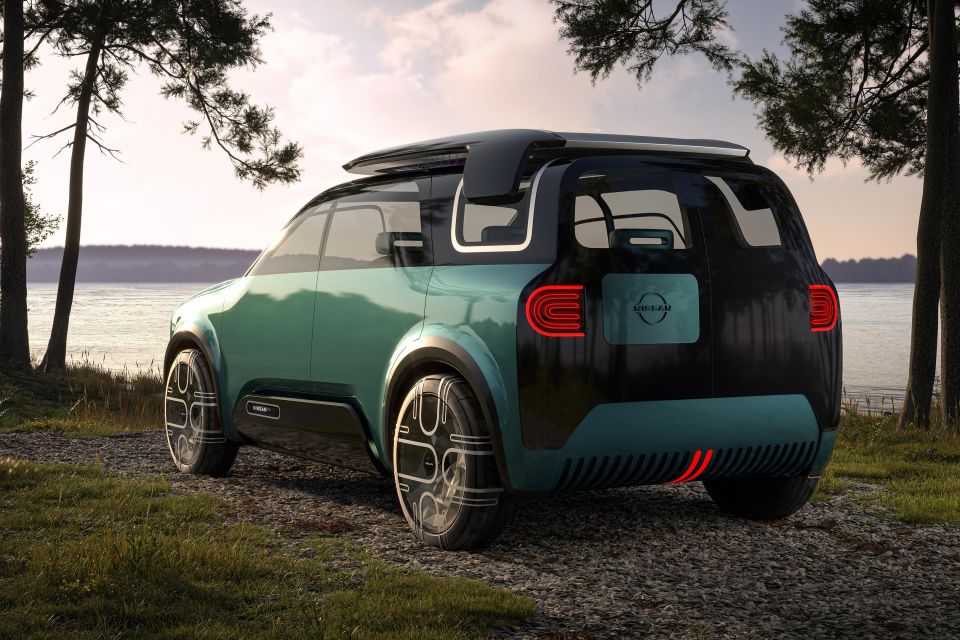
It’s also investing further in its ProPILOT driver assist technology, with the aim of expanding it to over 2.5 million Nissan and Infiniti vehicles by fiscal year 2026.
By fiscal year 2030, it aims to have next-generation LIDAR systems for autonomous driving technology on “virtually” every new model.
Additionally, Nissan is investing up to 20 billion yen (A$246 million) in charging infrastructure by 2026 and aims to “fully commercialise” its vehicle-to-everything and home battery systems in the mid-2020s.
Nissan’s EV36Zero manufacturing strategy, first rolled out at the company’s Sunderland, UK plant and comprising neighbouring vehicle and battery plants, will also be rolled out in Japan, China and the US.
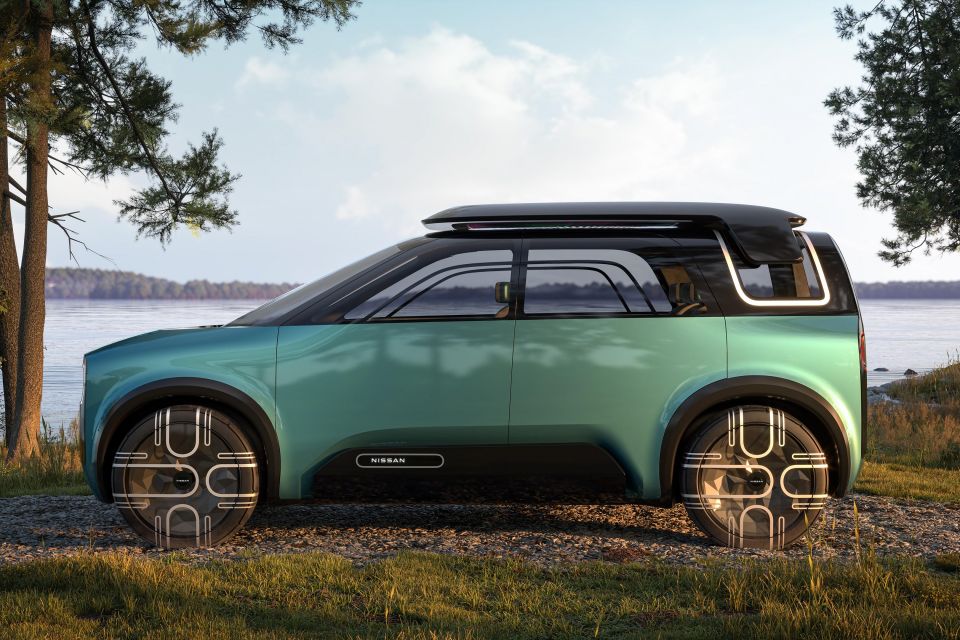
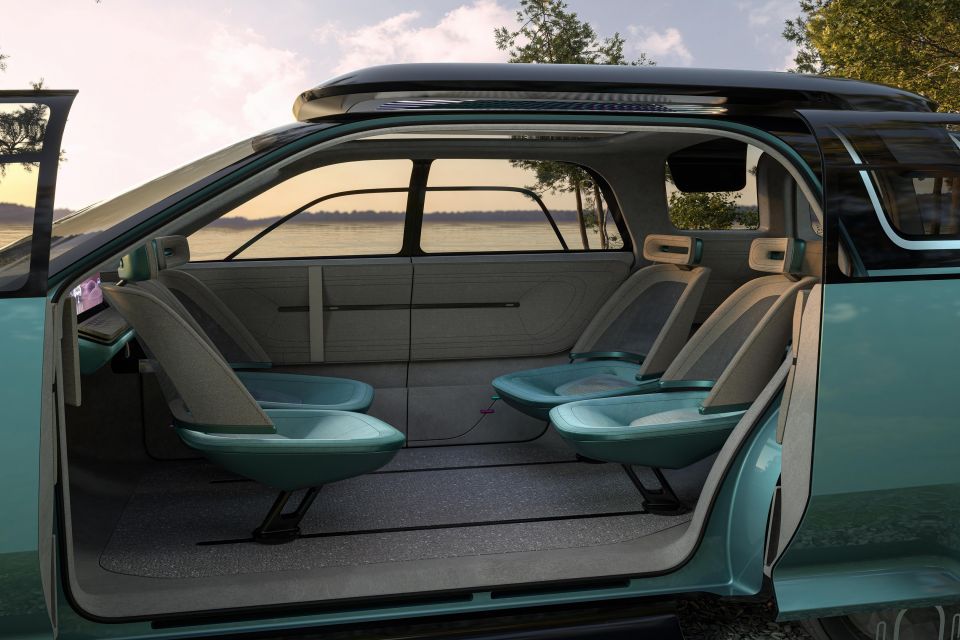
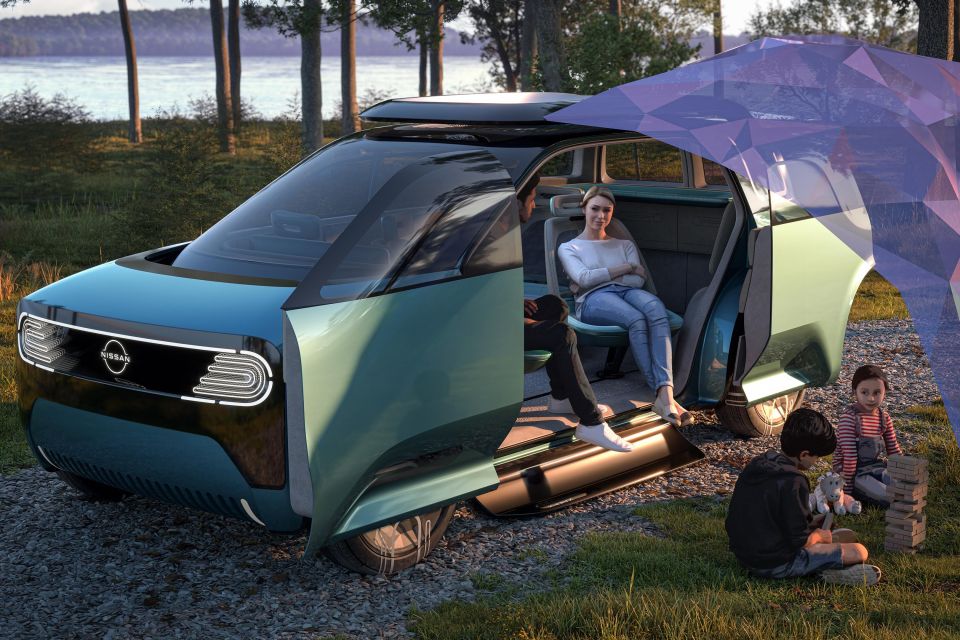
Beyond this product and technology rollout, Nissan wants to be carbon neutral across the lifecycle of its products by fiscal year 2050.
It’s expanding its battery refurbishing efforts, with new locations in Europe in fiscal year 2022 and in the US during fiscal year 2025.
Though it’s investing heavily in electrification, the company says it “will sustain its business over the long-term” and expects to maintain a consolidated operating profit margin of above five per cent.
Nissan says it’ll find cost savings by working across the greater Renault-Nissan-Mitsubishi Alliance and tapping into shared expertise in electrification, software and services.
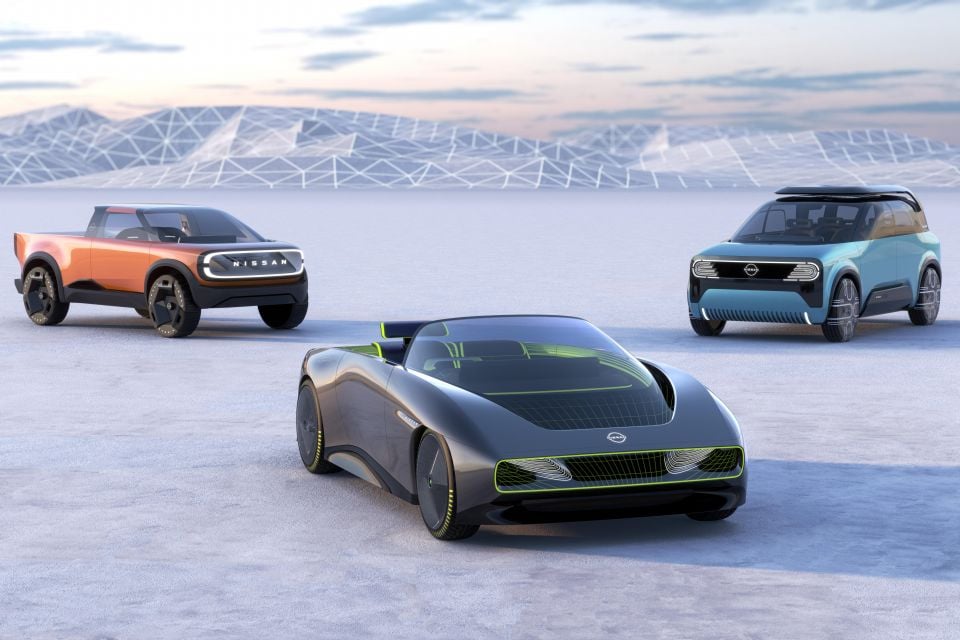
Nissan’s plans (by fiscal year)
Where expert car reviews meet expert car buying – CarExpert gives you trusted advice, personalised service and real savings on your next new car.
William Stopford is an automotive journalist with a passion for mainstream cars, automotive history and overseas auto markets.


Damion Smy
12 Hours Ago


Damion Smy
14 Hours Ago


Damion Smy
15 Hours Ago


Damion Smy
17 Hours Ago


Damion Smy
18 Hours Ago


Damion Smy
20 Hours Ago